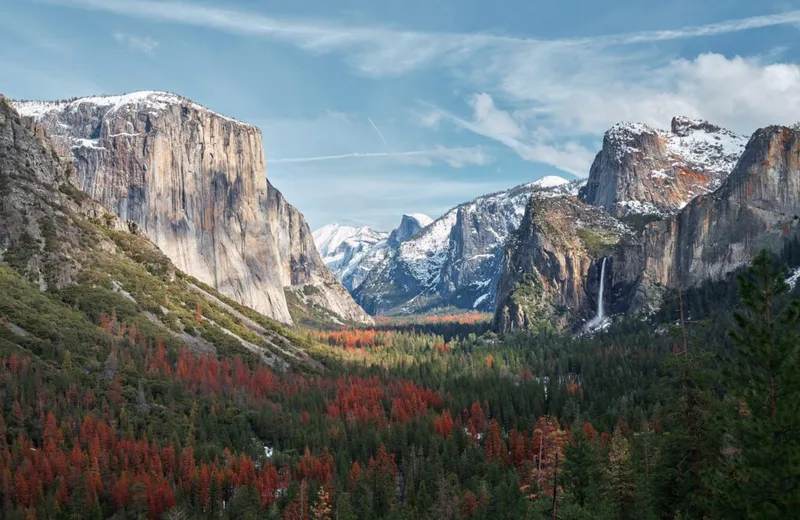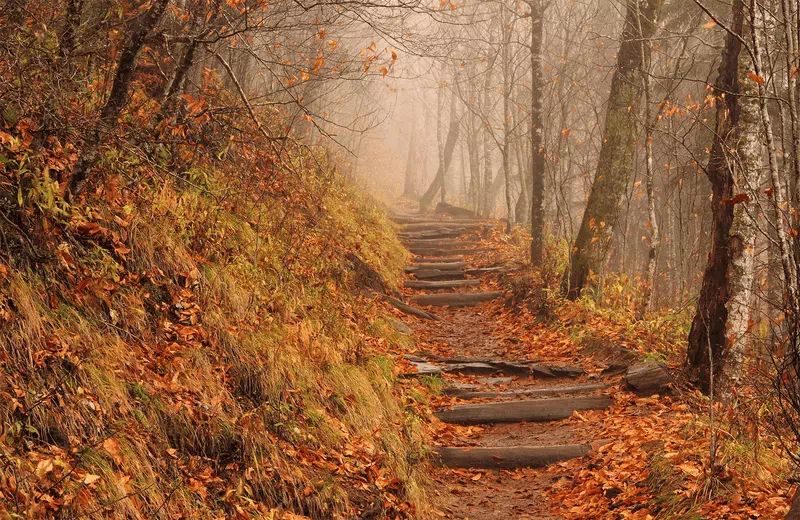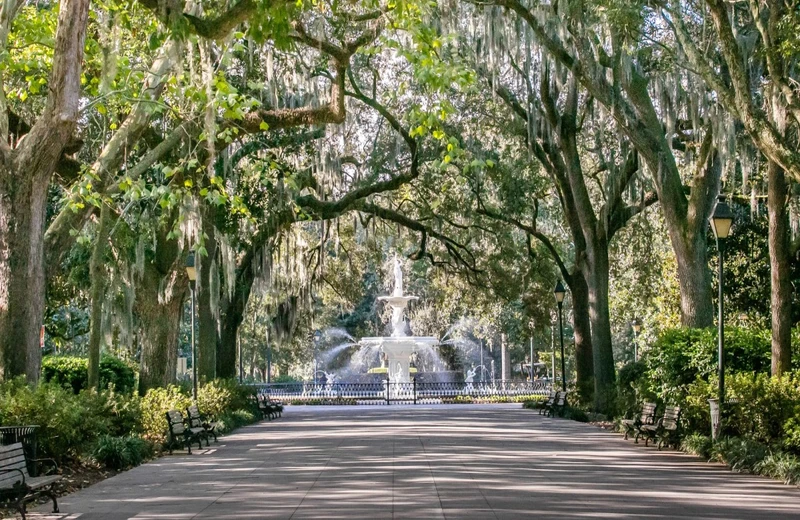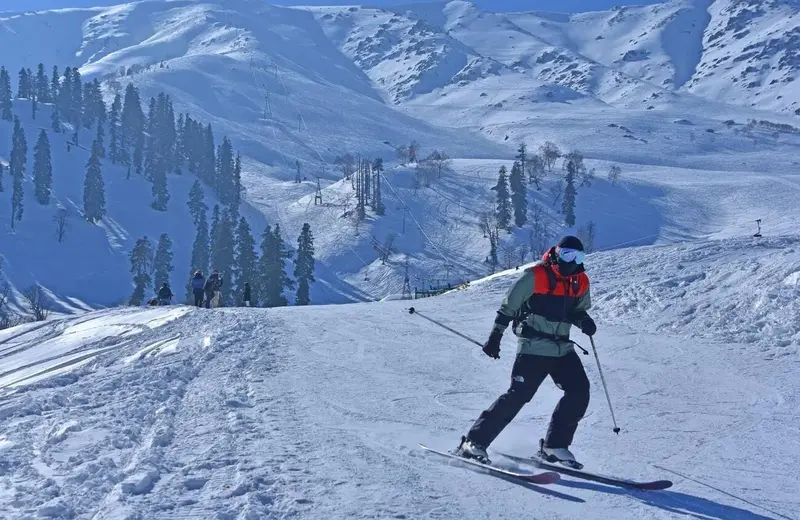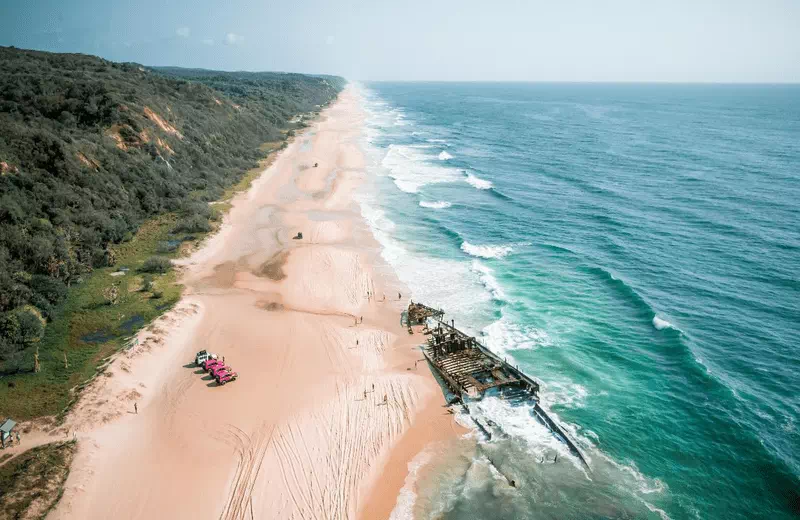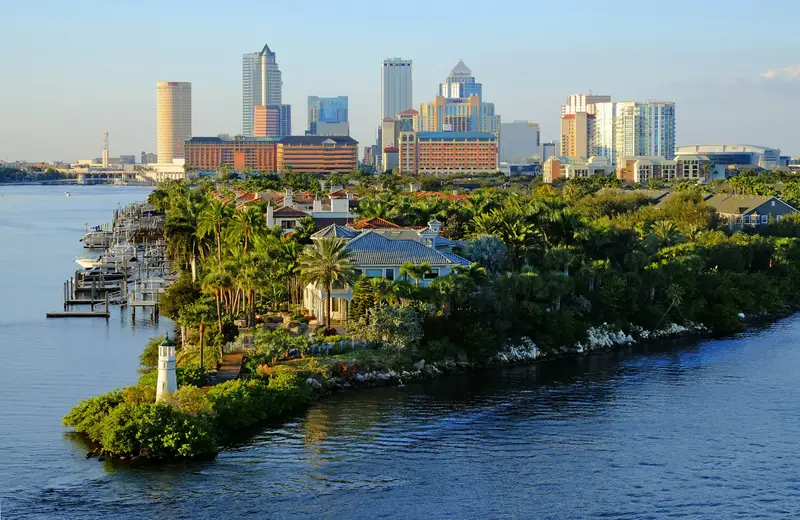Biscayne National Park In Florida
Biscayne National Park is a national park located in southern Florida, south of Miami. On the sunny seas of Biscayne National Park, immerse yourself in all that nature has to offer. Explore over 600 native fish species on one of the world's largest coral reefs.
The park encompasses a vast mangrove forest as well as the island of Elliot Key. It is the largest island north of Key Largo and the northernmost point in the Florida Keys. Elliot Key was formed by the formation of layers of fossilized coral reef.
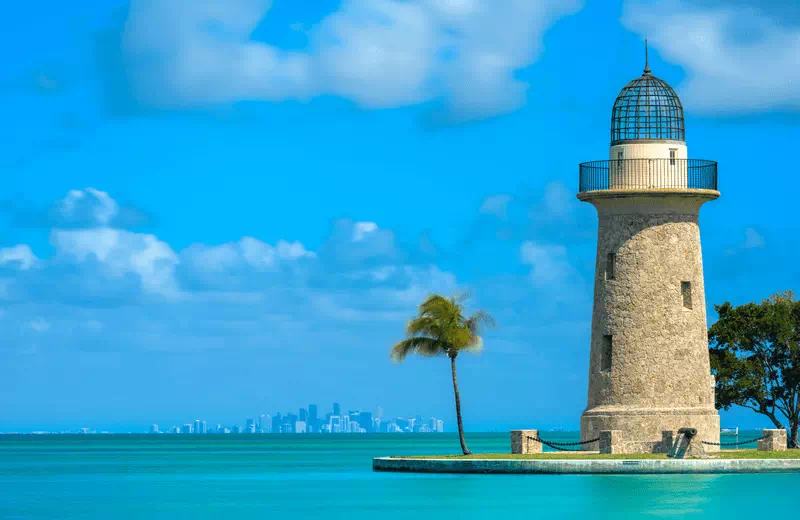
Biscayne National Park protects the Florida Reef, the only living coral barrier reef along the contiguous 48-state coastline. It has a length of 170 miles (270 km) and a width of 4 miles (km), making it the world's third-largest barrier coral reef after the Great Barrier Reef in Australia and Belize's Barrier Reef.
Sea slugs, reef octopus, reef squid, sea hares, and giant blue land crabs are some of the other fascinating creatures that can be seen on a snorkeling and scuba diving excursion.
Flamingos are one of the more popular tropical bird sightings, but other raptor and predator bird species to look out for include bald eagles, osprey, peregrine falcons, short-tailed hawks, sharp-shinned hawks, merlins, and swallow-tailed kites.
Biscayne National Park protects Biscayne Bay, one of the best scuba diving spots in the country. Within the national park, which is made up of more than 90% water.
You'll have plenty of opportunities to observe wildlife in its natural habitat, so look around for sting rays, jellyfish, crabs, iguanas, and, if you're lucky, bottlenose dolphins.
South Florida is a transitional zone between the Nearctic and Neotropical ecozones, which results in a diverse plant and animal life. Visitors will have the opportunity to see species, particularly birds, that are not found elsewhere in North America due to the intersection of ecozones.
The park is divided into four distinct ecosystems, each with its own flora and fauna. Many species benefit from the diversity provided by mangrove swamp, lagoon, island key, and offshore reef habitats.
More than 50 exotic plant species have been identified in the park, with nearly 20 of them considered pest species that may displace native plants and disrupt the ecological balance. The park is home to green iguanas, cane toads, black rats, lionfish, fire ants, oscars, and brown basilisk lizards.
The Maritime Heritage Trail is the only underwater archaeological trail in the National Park System, and it is just one part of this place's catalog of people who have lived here for the past 10,000 years.
Things to Do In Biscayne National Park
Park wonders attract South Floridians as well as visitors from all over the world. Fishing, boating, diving, snorkeling, paddling, hiking, camping, wildlife watching, cultural exploration, and the opportunity to experience the northernmost Florida Keys are all recreational options.
Boat tours, ranger programs, art exhibits, and special events are also available to help you learn about and appreciate the park's unique combination of aquamarine waters, emerald islands, and vibrant coral reefs.
Best Time to Visit Biscayne National Park
Here we have to collect information about best time to visit Biscayne National Park. This is to collect information on where the visitor can visit the Biscayne National Park. So let us know a little more about this Biscayne National Park.
The Best Time for a Tourist to Visit Biscayne National Park Is From Late January to May Or October to December.
Winter Season
From December to March, the cold season lasts 3.0 months, with average daily high temperatures below 78°F. In Biscayne Park, January is the coldest month of the year.
Summer Season
May, June, July, August, September, and October are the warmest months on average.
Monsoon Season
The wettest month of the year are July, August, and September.
How To Reach Biscayne National Park
Here we are going to talk about how to reach Biscayne National Park. So let's gather information about how a tourist can visit Biscayne National Park.
By Air
Miami International Airport, which is 35 miles north of the park, is the nearest major airport. Car rentals are available at the airport.
By Train
The Tri-Rail-Metrorail Transfer Station has no direct connection to Biscayne National Park. However, you can walk to Tri-Rail Station Rail Southbound, take a train to Dadeland North Station Rail Southbound, and then visit Biscayne National Park.
By Road
Depending on traffic, the travel from Downtown Miami could take anywhere from one hour to 90 minutes.
Top Places to Visit Around Biscayne National Park
- Adams Key
- Boca Chita Key
- Elliott Key





